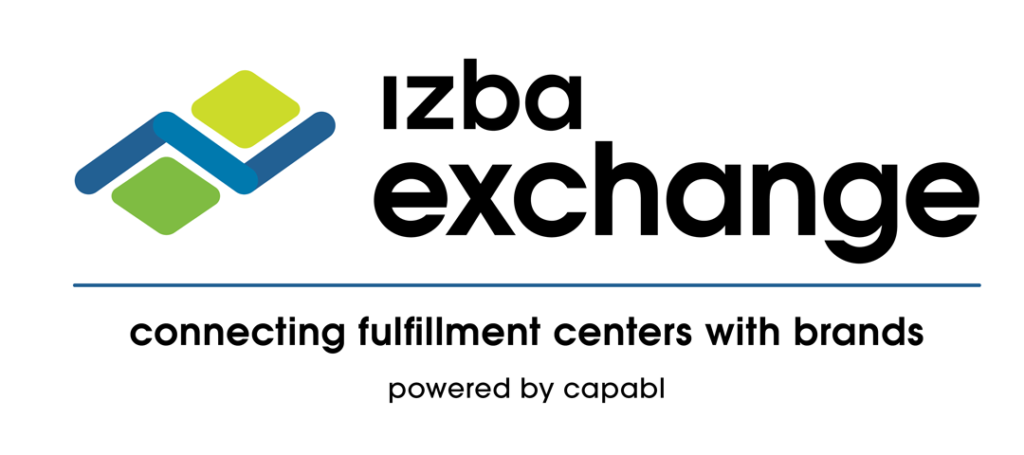The recent executive orders issued on February 1, 2025, have significantly impacted businesses importing goods from Canada, Mexico, and China. This tariff guide provides a breakdown of the new regulations and practical steps companies can take to adjust their supply chains and minimize financial impact. These tariffs, which add to existing duties, will increase costs across industries such as apparel, electronics, and more. In this tariff guide, we’ll explore short- and long-term strategies to help businesses navigate these challenges effectively.
Understanding the New Tariffs: A 2025 Tariff Guide
On February 1, the U.S. government issued three executive orders imposing new tariffs on goods from Canada, Mexico, and China. These tariffs increase import costs by an additional 10% or more, leading to significant financial strain for businesses relying on these markets.
For example:
- A product from China or Mexico already subject to a 15% tariff will now face a total of 25%.
- Tariffs apply across a wide range of industries, including apparel, electronics, and manufacturing.
- These tariffs are layered on top of existing duties, leading to compounded cost increases.
Short-Term Steps: How to Mitigate Tariff Costs
While these new trade policies create challenges, businesses can take immediate action to reduce their impact.
1. Tariff Engineering: Adjust Manufacturing & Product Composition
A key strategy in this tariff guide is tariff engineering—modifying supply chain operations to lower tariff exposure.
- Change the country of origin: If your products are manufactured in Canada, Mexico, or China, consider shifting production to another country.
- Modify product composition: Adjusting product materials or manufacturing locations may lower tariff rates.
Need help reconfiguring your supply chain? Sourcify specializes in tariff engineering and can assist in finding new production solutions.
2. Price Sensitivity Analysis: Monitor Competitor Pricing
- Benchmark competitor pricing: Stay competitive by tracking how others adjust to tariff-driven cost increases.
- Analyze customer elasticity: Determine how price-sensitive your customers are to potential cost hikes.
- Negotiate retailer margins: Use tariff impacts as leverage in pricing discussions with retail partners.
Izba’s supply chain experts can help you optimize pricing and protect margins during this transition.
3. Cut Costs in Other Areas
To offset higher import costs, businesses should find savings elsewhere:
- Optimize fulfillment & logistics: Streamline processes to reduce operational costs.
- Negotiate parcel shipping rates: Consolidate shipments to save on freight expenses.
- Automate workflows: Reduce labor costs by implementing automation solutions.
Slotted’s 3PL database can connect you with cost-effective fulfillment partners to minimize tariff-related expenses.
Long-Term Strategies: Future-Proofing Your Supply Chain
To remain competitive, businesses should take proactive steps beyond short-term fixes.
1. Remove Functional Silos: Integrate Trade Policy Across Teams
Trade policy decisions should not be isolated within procurement or logistics teams. Instead:
- Encourage cross-functional collaboration between supply chain, R&D, and finance teams.
- Implement integrated business planning to respond quickly to future tariff changes.
Izba can help integrate trade policy into your broader business strategy for a more agile approach.
2. Diversify Your Supply Chain: Reduce Dependency on High-Tariff Markets
- Expand sourcing to other regions like Southeast Asia, Eastern Europe, or Latin America.
- Maintain historical supplier relationships as backup options for flexibility.
- Make informed, long-term decisions to avoid reactionary mistakes.
Sourcify can assist in identifying alternative suppliers and restructuring your sourcing strategy.
Key Takeaways from This Tariff Guide
The 2025 tariff changes on Canada, Mexico, and China pose significant challenges, but with strategic planning, businesses can mitigate the impact. Whether through tariff engineering, pricing adjustments, or supply chain diversification, companies must take a proactive approach to remain competitive.
By leveraging expert insights and implementing adaptive strategies, your business can navigate these challenges effectively. Stay informed, take action, and future-proof your operations with this comprehensive tariff guide.




